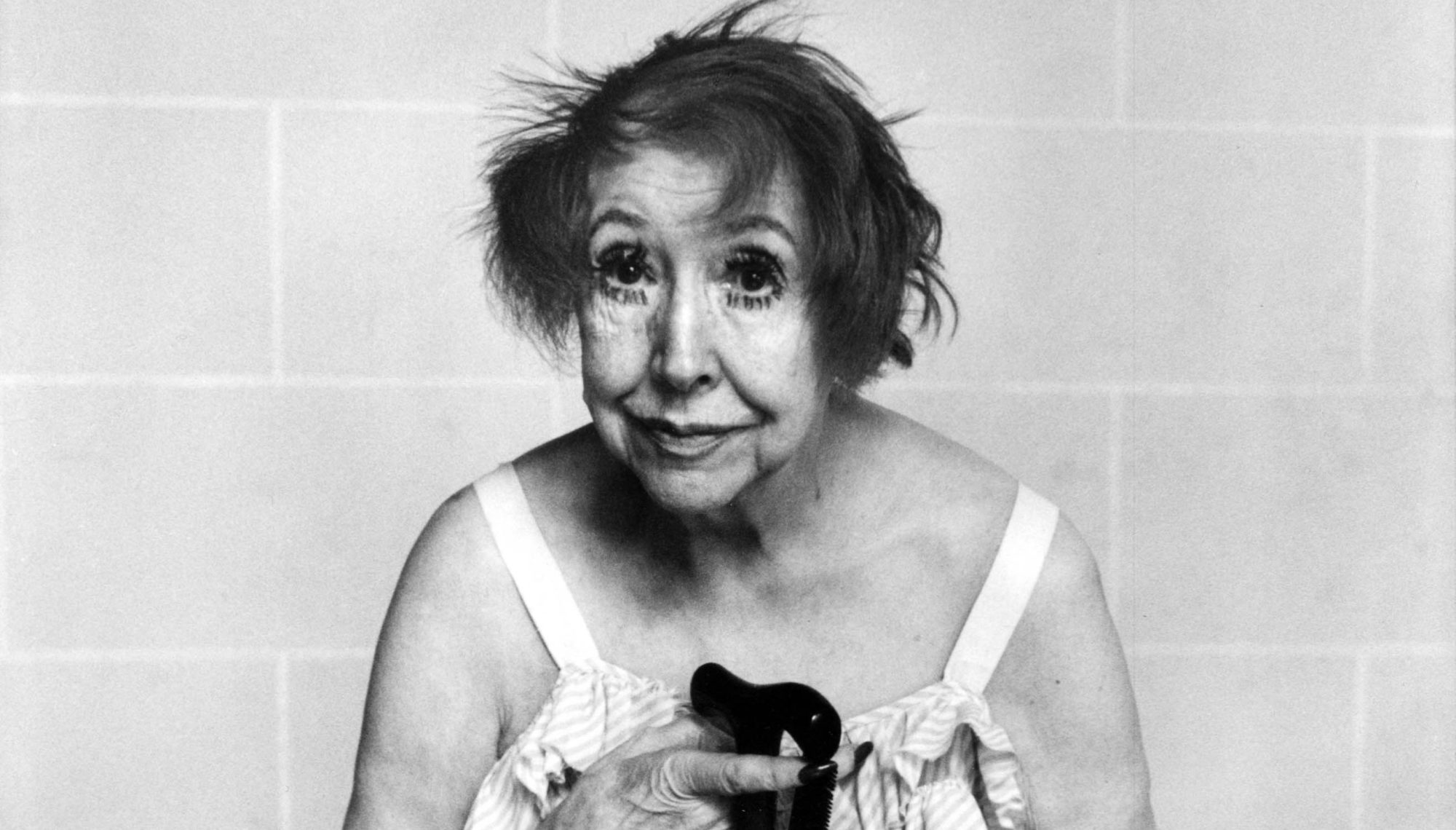Madeleine Castaing
by François-Marie Banier
This text was written by François-Marie Banier, published by Gallimard on the occasion of the release of the exhibition catalog François-Marie Banier which took place at Maison Européenne de la Photographie in Paris from the 26th of March until the 15th of June 2003.
Photo: Madeleine Castaing, 1981, by François-Marie Banier

